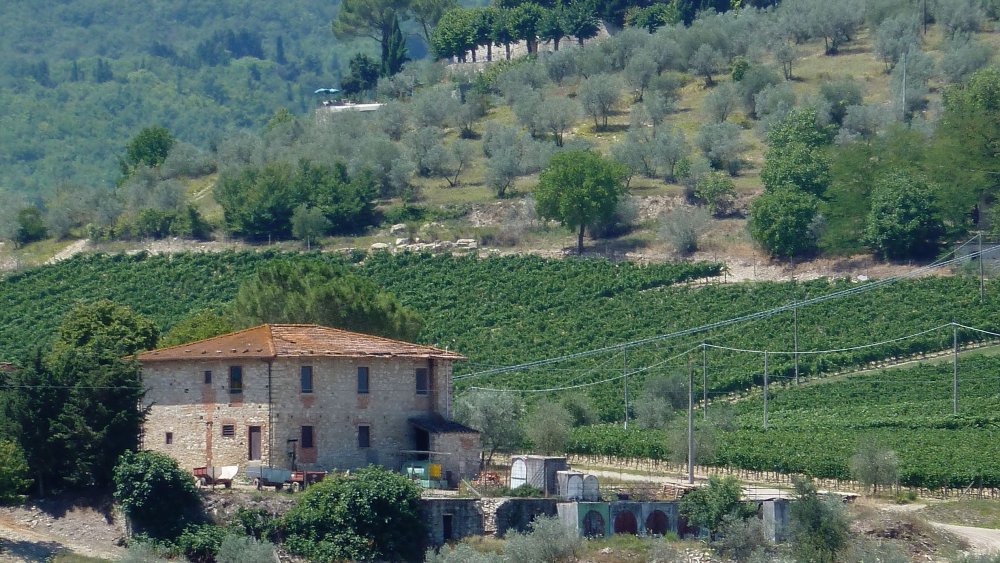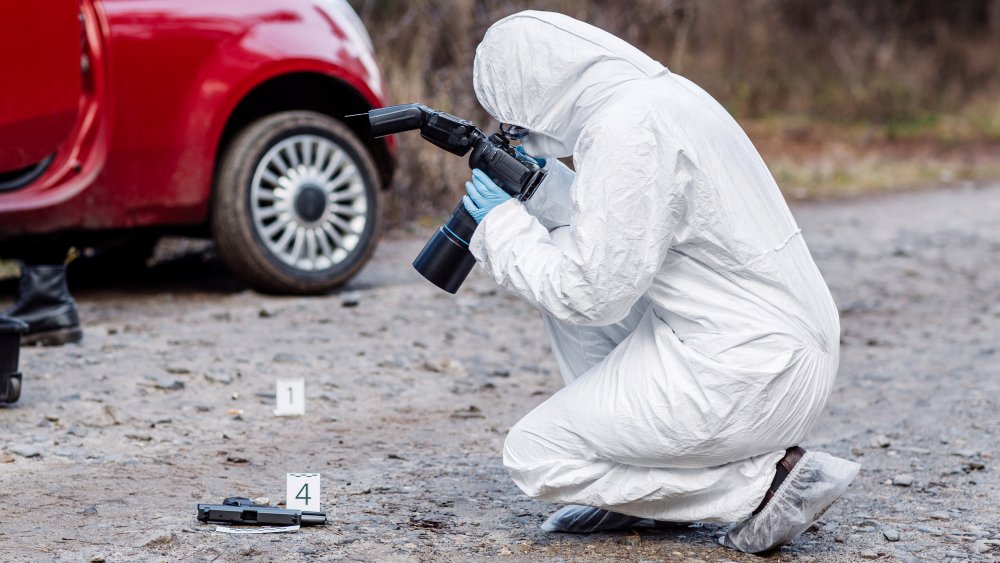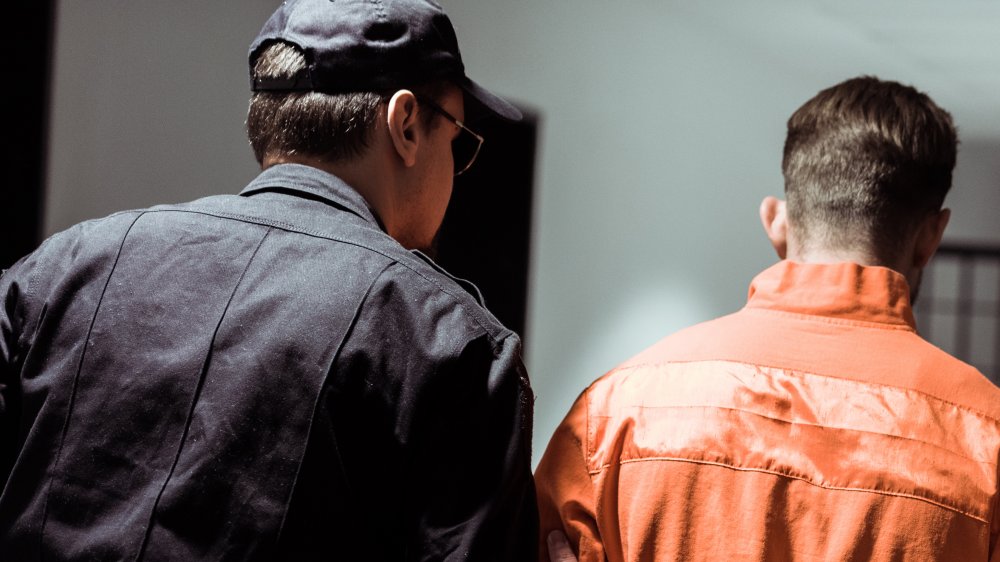The Truth About The 17-Year-Long Murder Spree That Terrorized Florence
On June 7, 1981, the bodies of Giovanni Foggi and Carmella De Nuccio were discovered in the countryside just outside of Florence, Italy, both shot and De Nuccio had undergone a post mortem genital mutilation. Later, someone noticed that the details of the killing resembled another that had occurred in 1974. The police checked the shells from both crimes and discovered that both bullets had been shot by a .22-caliber Beretta with a defective firing pin that marked each shell and both sets of bullets were the same make: Winchester series H.
The connection was clear, as was the link between these murders and those that followed. The murders continued until 1985 and held the attention of the police until 2006 when the GIDES (Gruppo Investigativo Delitti Seriali, Investigative Group for Serial Crimes) was dissolved. Even after reaching a count of at least 14 people, the criminal who came to be known as The Monster of Florence was never caught.
Modus operandi
In each incident, the victims were always a couple who have snuck out into the countryside to have sex, usually in their car. Presumably waiting until they were distracted, the Monster would then shoot both, always with the .22-caliber Beretta and always with the Winchester series H bullets. He then would switch to his knife to cut out the vagina of the woman, but, as the page about the Monster of Florence on the Florence Web Guide notes, without raping her or even touching the rest of her body. Later, with the sixth killing, he started to amputate the left breast of female victims.
Of course, there were exceptions to this general formula. Wilhelm Friedrich Horst Meyer and Jens Uwe Rüsch, victims of the fifth crime, were both men, though it is believed that Rüsch's long hair tricked the Monster into thinking he was a woman. In the 1974 homicide, Stefania Pettini's vagina had been stuffed with a grapevine.
Further complications
After the fourth killing, which occurred on June 19, 1982, an envelope arrived at the police station. Inside was a newspaper clipping from 1968 about a couple who had been shot and a suggestion to reexamine the case.
On August 21 1968, Barbara Locci and Antonio Lo Bianco met in the outskirts of Florence to continue their affair while Locci's six year-old son Natalino slept in the back. There Locci and Bianco were shot, and a man reportedly carried Natalino to a house about a mile away. Locci's husband, Stefano Mele, quickly confessed to the crime but briefly accused three Sardinian brothers of being involved, all of whom were also Locci's lovers, before retracting the accusation. Mele was charged with murder, convicted, and sentenced to 14 years imprisonment — a light sentence because he was deemed mentally infirm.
When an anonymous tip led the police to reexamine the evidence from this closed case, they found that the gun was same one used in the most recent killing, the bullets were the same make and from the very same box. Stefano Mele, however, couldn't have committed the murders in 1974, June 1981, October 1981, or June 1982, as he had been in prison the whole time. Police were baffled.
The usual suspects
Over the course of the investigation, thousands of people had the honor of serving as a suspect. Here are a few that illustrate the logic of the investigation.
Enzo Spalletti: Because of the habit people had of rushing off to the hills and forests around Florence to have sex, peeping toms and other voyeurs called "Indians" abounded. The police figured one of these hidden eyes might have seen something. Spalleti had seen something. He had seen the bodies of Giovanni Foggi and Carmella De Nuccio but initially refrained from telling the police. The police held him on suspicion.
Francesco Vinci: After the envelope told them to reconsider the evidence from the 1968 case, the police took Mele's comment about the Vinci brothers seriously, postulating that perhaps the original murder was a clan killing and over the years one of group had developed a taste for murder. Then, Francesco's car was found in the woods near the site of the latest murder. He was taken in, but was released when the next killing struck while he was still in custody.
Pietro Paccini: After the final killing in 1985, the police received another letter suggesting Pietro Paccini as a lead. After all, he had killed a man who was seducing his girlfriend in 1951 before raping her next to the corpse and he had a reputation for being over-sexed and beating his wife and daughters. He was arrested and found guilty in 1994, but it was appealed.
Result?
The investigation of Paccini did lead to two convictions, though many question their legitimacy.
Giancarlo Lotti was a friend of Paccini whose car was parked nearby the 1985 incident. Eventually they got him to confess to being present at some of the crimes, serving as a lookout for Paccini while another friend, Mario Vanni committed the acts of mutilation. Later, he then confessed to the 1983 murder. His confessions led the police to bring in Paccini in again, but Paccini died of a heart attack in 1998 before any charges could be formally brought to him.
Many researchers don't consider Lotti's testimony viable. He was a homeless alcoholic who may have considered a life behind bars an improvement upon his current condition. They believe the Monster of Florence is still out there, a fact corroborated by the investigation that continued for another eight years.
In the end, the Monster of Florence has gone the way of Jack the Ripper, disappearing without a satisfactory account ever emerging. How did the same gun with the same set of bullets appear in similar yet very different crimes that occurred over five years apart? Why did the the Monster wait so long between his killings? Many theories about his identity flourish, the most "out there" ones being the theory that the killer is part of a Satanic cult who provides sacrifices for black magic, or a devil worshiper who used the body parts in worship and orgies. For those interested, the best English language account of the Monster of Florence was written by Douglas Preston in the book The Monster of Florence.




